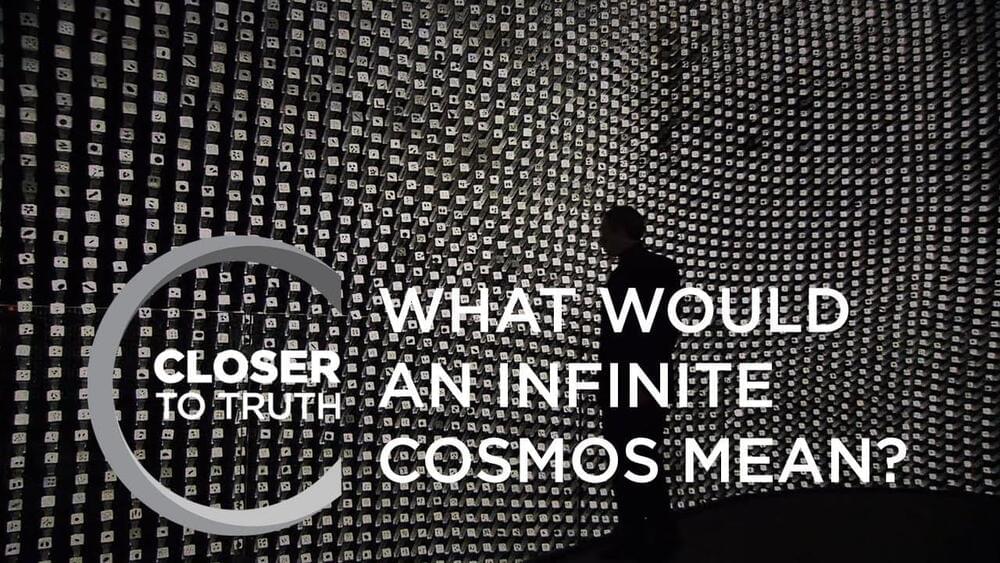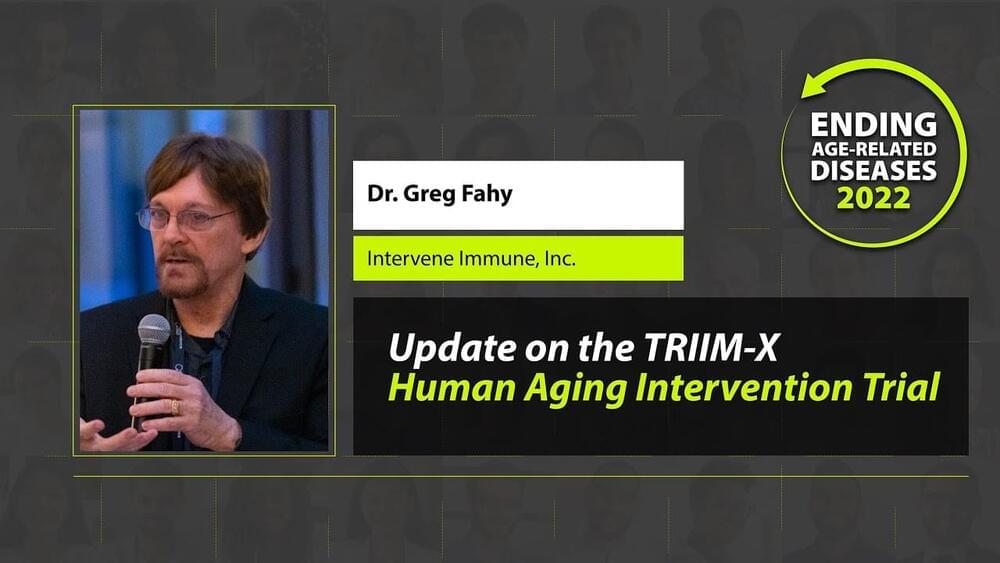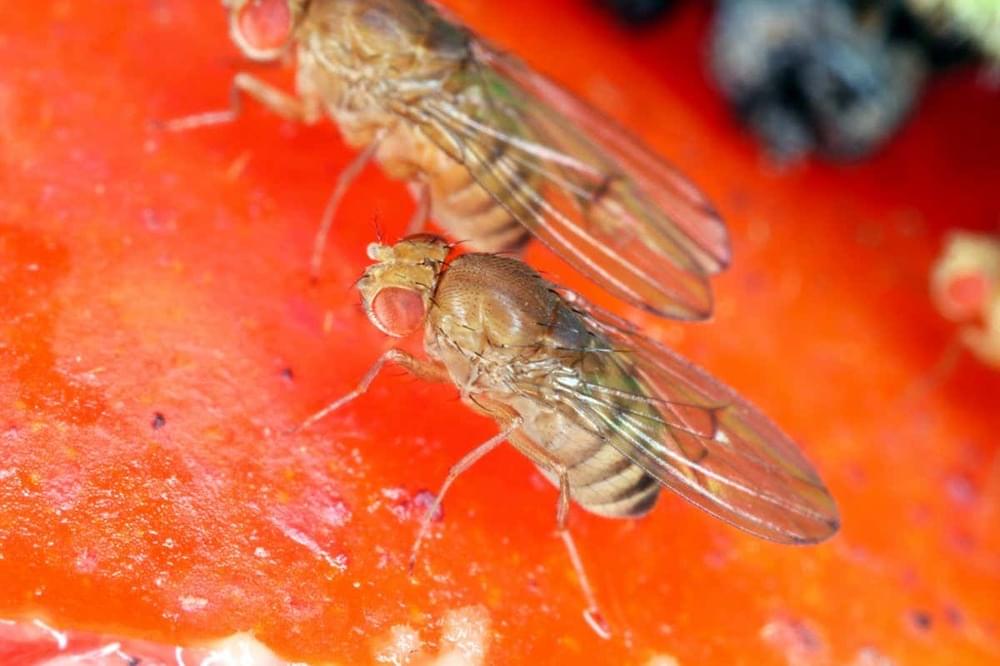Dec 4, 2022
Guest speaker Aubrey de Grey, PhD, discuss the possibility of extending life on our channel
Posted by Ron Friedman in categories: biotech/medical, life extension
New advances in medical science may improve health of older people and extend lift, perhaps just long enough for more advanced future therapies.#longevity #health #healthspan What is the next step and how can we combine different therapies and test if we can rejuvenate an adult mouse, and humans?Our guest speaker Aubrey de Grey present what may come next.
If you wish to check the links to the sites mentioned in the discussion: https://www.levf.orghealthspanaction.orga4li.orglessdeath.orgTo donate to Longevity Escape Velocity Foundation (LEVF) and to the rejuvenation research:


















